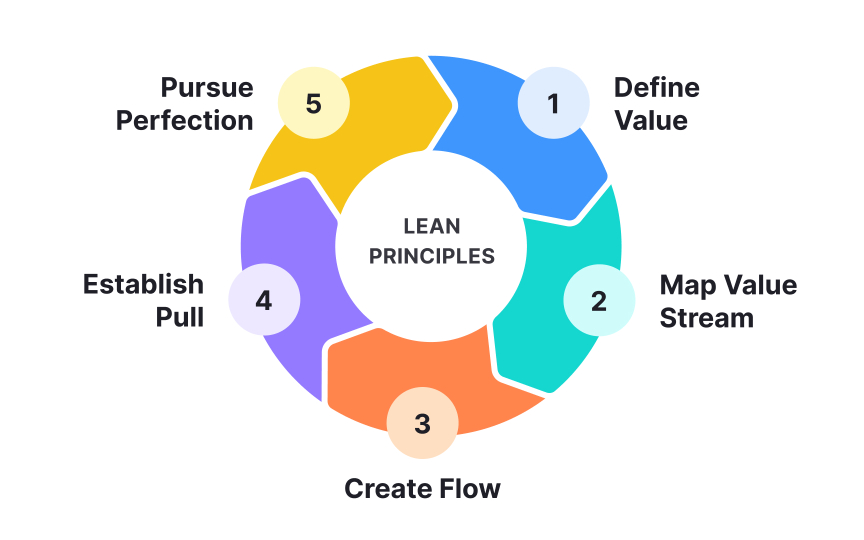Lean problem solving
Lean problem-solving originated from Toyota's Production System, revolutionizing how teams eliminate waste (known as "muda" in Japanese). In digital products, it means ruthlessly removing anything that doesn't directly serve user needs.
Here’s how to use it:
- Map current state. Analyze existing processes, like documenting every step in your current sign-up flow from initial click to account creation.
- Identify waste. Spot unnecessary steps — like asking for phone numbers when you never call users, or requiring social media links that don't serve a purpose.
- Create efficient flow. Streamline processes by removing friction. Instead of separate pages for each sign-up step, use a single, smart form with progressive disclosure.
- Establish pull. Focus resources on steps that directly benefit users. If 90% of users only use three features, prioritize improving those over adding new ones.
- Pursue perfection. Track metrics like completion rates and time-to-value, then iterate based on data. Keep refining until processes are as efficient as possible.
Pro Tip: Test each step in your process by asking "Does this directly help users achieve their goal?" If not, consider removing or simplifying it.

